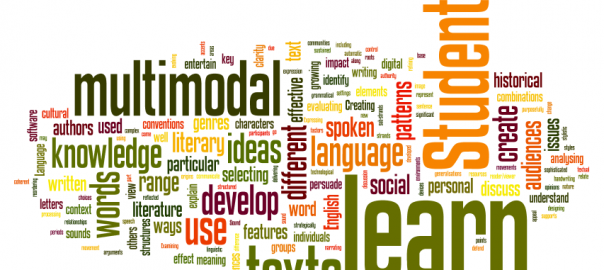What makes Shakespeare so difficult to read and comprehend? Because such value is placed on teaching Shakespeare to students and is so widely taught in schools, I argue that students may feel quite intimidated by studying a text that looks so foreign to them. Students are more than capable of comprehending Shakespeare, but they must be interested in the material for this to occur. In our changing world, students are highly influenced by technology and teachers should be using it more often in the classrooms to teach curriculum. This would make topics, like Shakespeare, much more engaging; as a result, students would not only be more interested, but they would gain the ability to read and comprehend Shakespeare by observing material through different modalities.
Students must first gain confidence in their reading and writing abilities before they approach Shakespeare literature. This can be done by playing on the strengths that students carry outside of the classroom. The majority of students are familiar and interact with a type of social media or another; this can assist them in the classroom while learning Shakespeare. As Bowman, Pieters, Hembree, & Mellender write, “technology has the potential to enhance good teaching and engage more students actively with the texts and the writing process” (2002, pg. 88). Therefore, teachers should aim to use technology that students use outside of the classroom to spark interest in topics that is taught in classrooms.
Peggy Mc’Brien (1993) writes it best: “learn Shakespeare by doing Shakespeare…the best way to learn anything is by learning it actively” (42). Students must be active agents in their learning. Simply picking up a Shakespeare play and reading it word for word will not help students retain information, keep them engaged, or teach them anything. Instead of doing the dreadful task of translating Shakespeare for students, teachers should encourage students to discover how to do this on their own. This can only be made possible if teachers first provide a learning environment that caters to strengths that students already encompass.
Case Study
The New Media Literacies Project held a study where they asked students to construct the same story using different modalities. Jenkins (2006) cites this example and discusses how this task required students to “know how to design multimodal texts in ways that best exploit the affordances of different media tools” (44). In other words, as these students designed their stories using different modalities, there were many media tools they had to use. Therefore, they were not learning and improving on one task at once, but several. How students think when they read and write can greatly differ from when they actively engage in multimodal projects. The study also looked at what Jenkins (2006) coined as a term “collective intelligence”, and how presenting material multimodally requires students to work collaboratively with one another, such as in wikis or Google Docs. This promotes cooperation within a classroom and can be a great tool for teachers to use when it comes to assigned group work. The more often that students are able to draw on their prior knowledge of media and apply this knowledge in the classroom, the more likely they are to be engaged in the material being taught.
